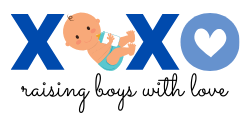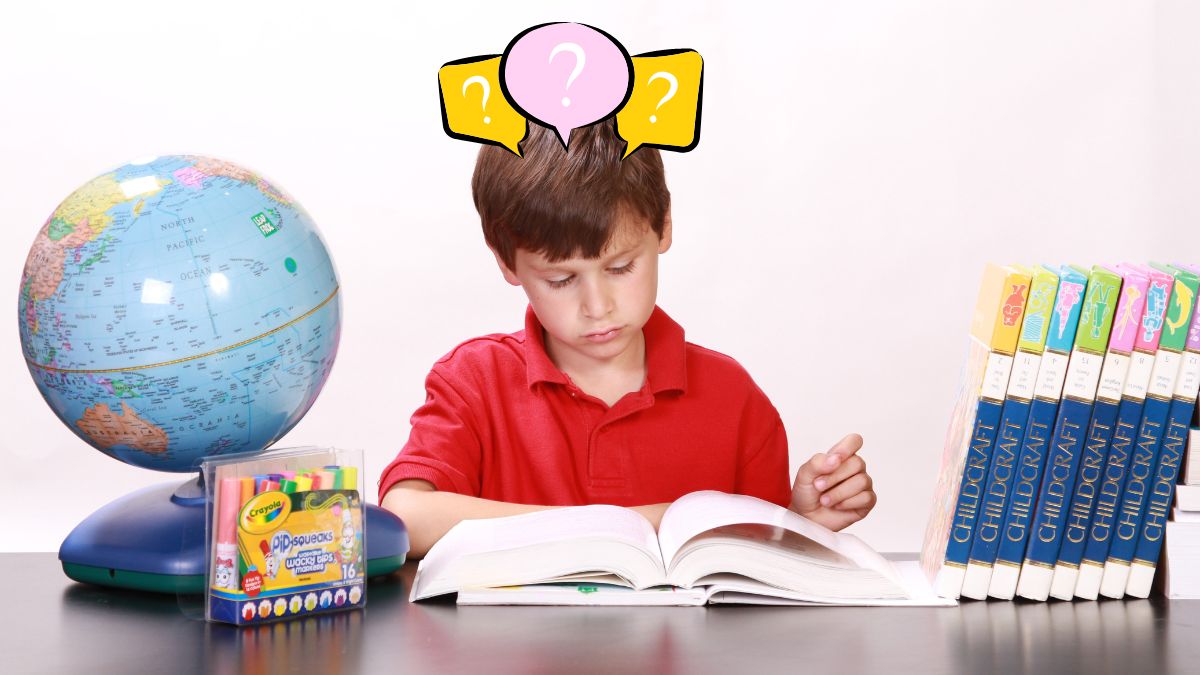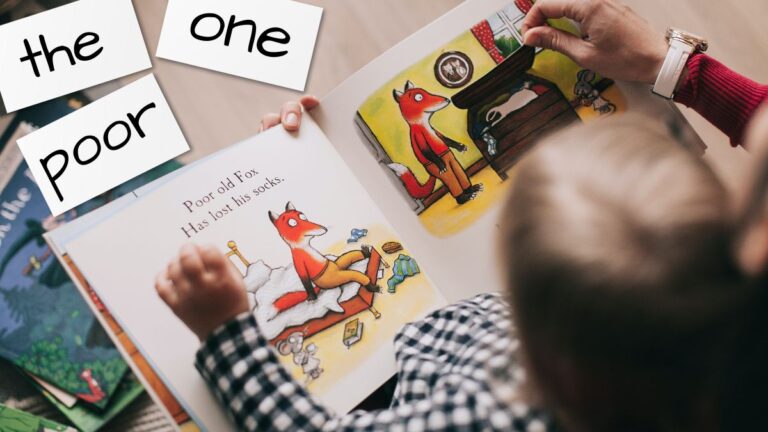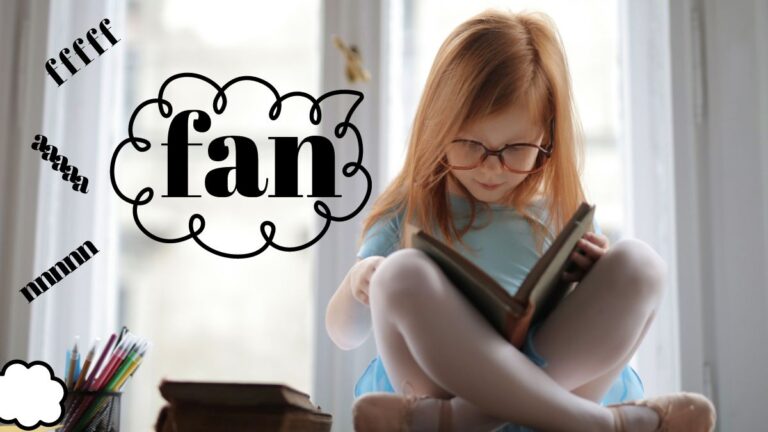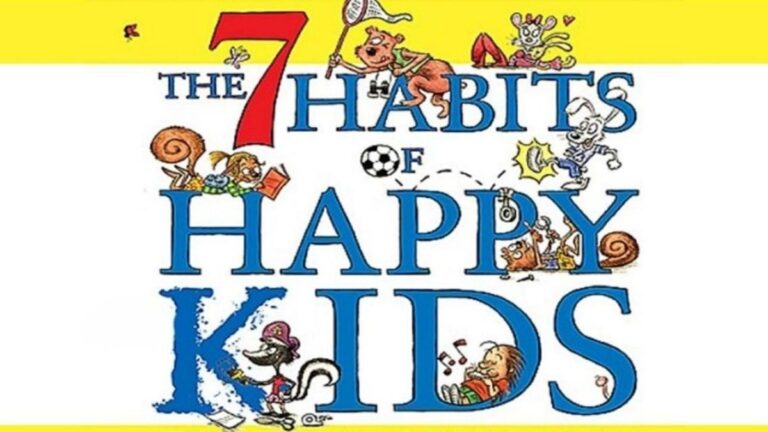Understanding Dyslexia: Nurturing the Unique Reading Journey of Dyslexic Readers
Hello, fellow parents and caregivers! Today, we embark on a heartfelt exploration of dyslexia, a remarkable journey where some of our young readers face distinct challenges in learning to read and comprehend. Understanding dyslexia isn’t just about addressing difficulties; it’s about embracing the incredible strengths and potential of our dyslexic readers. In this blog post, let’s walk hand in hand, shedding light on the world of dyslexia and discovering actionable ways to provide unwavering support to our young ones as they navigate the realm of reading.
Unraveling Dyslexia: Embracing the Unique Minds of Our Children
Dyslexia is a neurodevelopmental condition that impacts the way individuals process language and reading. It’s important to understand that dyslexia is not a reflection of intelligence or effort; rather, it signifies a unique approach to information processing in the brain. Many dyslexic readers showcase exceptional strengths in areas like visual thinking, problem-solving, and creativity. By gaining insight into dyslexia and understanding it more, we open the gateway to discovering the untapped potential that lies within every dyslexic reader.
Actionable Tip: Encourage and celebrate their strengths, such as artistic abilities, problem-solving skills, and creativity. Validate their accomplishments in these areas to boost their self-esteem and confidence. Recognize that dyslexic readers often have unique perspectives and strengths that can be harnessed and nurtured.
Building Empathy and Resilience: Nurturing Confidence in Our Young Readers
Empathy is a powerful tool in supporting dyslexic readers. Understanding the struggles they may face while learning to read can create a safe and nurturing environment for them to express their challenges and emotions. As parents and caregivers, we can provide emotional support by actively listening to their experiences and validating their feelings.
Actionable Tip: During reading sessions, practice patience and understanding. Refrain from making comparisons with others and instead, focus on their individual progress. Acknowledge and celebrate their efforts and improvements, fostering resilience and motivation. Create an open and supportive space for communication, where they feel comfortable discussing their reading journey and sharing their feelings and experiences.
Embracing Multisensory Learning: Engaging the Power of All Senses
Exploring a multisensory learning approach proves highly beneficial for dyslexic readers. This method involves activating multiple senses simultaneously, including sight, touch, and hearing, to breathe life into language. By integrating hands-on activities, visual aids, and auditory cues, we cultivate a vibrant learning environment that ignites various parts of the brain, enriching the learning experience for our young readers.
Actionable Tip: Use tools like sandpaper letters or magnetic letters for letter recognition and practice. Encourage them to trace the letters while saying their corresponding sounds aloud to reinforce learning. Employ activities that involve movement, such as tracing letters in the air with their fingers or using clay to form letters, to strengthen the connection between language and motor skills.
Audiobooks: Opening Doors to the World of Stories
Audiobooks are a fantastic resource for dyslexic readers. Listening to stories being read aloud not only exposes them to a rich variety of literature but also helps improve language comprehension. Audiobooks allow dyslexic readers to focus on understanding the plot, characters, and nuances of the story without the added challenge of decoding text.
Actionable Tip: Introduce audiobooks as part of their reading routine. Listen to audiobooks together and discuss the stories afterward to enhance their listening comprehension and critical thinking skills. Provide a variety of audiobooks that cater to their interests, encouraging them to explore different genres and discover the joy of storytelling.
Collaborating with Educators: A United Effort in Supporting Dyslexic Readers
Collaboration between parents, caregivers, and educators is key to supporting dyslexic readers effectively. Open communication and sharing insights about the child’s learning needs can help create a tailored and supportive learning environment. Educators can provide valuable feedback on the child’s progress and recommend specific strategies to reinforce learning at home.
Actionable Tip: Maintain regular communication with teachers to discuss the child’s progress and challenges. Share any successful strategies implemented at home, and inquire about techniques used in the classroom to ensure consistent support. Attend parent-teacher conferences and Individualized Education Program (IEP) meetings, if applicable, to actively participate in their educational journey.
Remember: Our Children are Extraordinary!
Together, let’s embrace dyslexia as a unique and remarkable journey. Each challenge our dyslexic readers face is an opportunity for growth and development. By understanding dyslexia and providing actionable support, we unlock their extraordinary potential and create a world where they can flourish. With empathy, creativity, and a united effort, we become their strongest allies, guiding them toward boundless knowledge and achievements.
To all the parents, caregivers, and educators on this incredible journey, here’s to empowering our young dyslexic readers to soar, igniting their passion for learning, and embracing their unique gifts. Happy reading, dear champions, and may the stories we share illuminate the path to a brighter, more inclusive world for our extraordinary dyslexic readers!
- How to Raise Awesome Parents: A Guide by the World’s Coolest 5-Year-Old - December 22, 2023
- How to Use Sight Words: Strategies for Mastering Common Words - August 4, 2023
- Understanding Dyslexia: Nurturing the Unique Reading Journey of Dyslexic Readers - July 31, 2023
